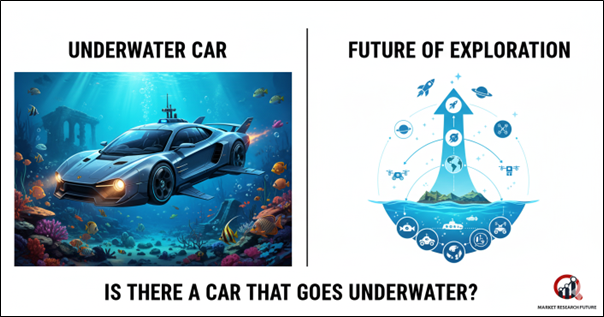Is there a car to go underwater? Here’s the future of exploration

Looking into the Deep Blue
Cars take us to work, the gym, and the store every day. But picture a car that could drive underwater and explore the ocean's hidden depths! It may surprise you to learn that 97% of Earth's water has never been explored. There are still many mysteries below the surface. The Autonomous Underwater Vehicle (AUV) is the future of deep-sea exploration.
Autonomous Underwater Vehicles: What They Are
AUVs, which stand for "unmanned underwater vehicles," are made to explore the ocean on their own. They do surveys, map things that are underwater, find wrecks, and find dangers for both commercial and recreational boats. AUVs are programmed at the surface to carry out missions without any help from humans. They then return to upload important data for analysis.
There are two kinds of these vehicles: propelled AUVs, which are fast and easy to steer, and non-propelled AUVs, which glide and hover by changing their buoyancy. AUVs can run on their own for hours or even days thanks to advanced batteries, some of which can be charged by the sun.
Why AUVs Are Important
AUVs are changing the way we study the ocean and do marine work:
Helping scientists study ecosystems in the deep sea.
Helping oil and underwater drilling companies map out areas of the ocean.
Finding dangers and keeping an eye on how they affect the environment.
Making documentaries and other media about life under the water.
Problems and Restrictions
AUVs have a lot of potential, but they also have some problems: they can't go very far, they can be damaged by strong currents, they cost a lot, and they could hurt the environment if not used properly. Dense areas underwater can also be dangerous because they can cause collisions and get stuck.
Last Thoughts
AUVs have a bright future ahead of them because they will have better sensors, longer battery life, and faster response times. These underwater "cars" help with research, reveal secrets about the oceans, and change the way people interact with the deep blue. The right use of AUVs could lead to a new age of discovery under the waves.

Leave a Comment